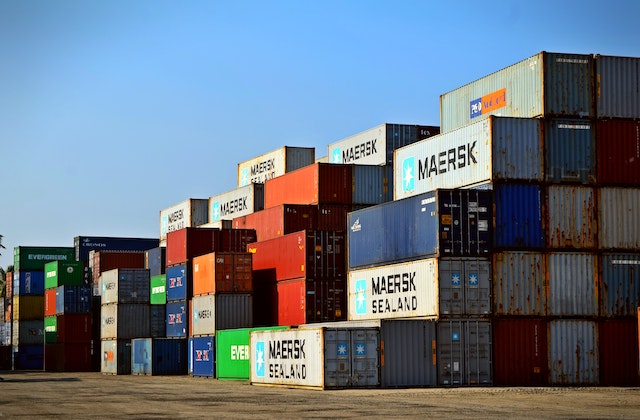Understanding the different modes of transportation
Understanding the different modes of transportation is essential for anyone involved in the shipping industry. For ocean freight, the two main modes are Full Container Load (FCL) and Less than Container Load (LCL).
FCL shipping is when an entire container is dedicated to a single customer. This is generally used when customers have enough cargo to fill a full container. FCL shipping is more secure and faster than LCL shipping and is often the preferred option for customers who can afford it.
LCL shipping, on the other hand, involves multiple customers sharing a single container. This is typically used when customers do not have enough cargo to fill an entire container. It is less secure and slower than FCL shipping but is often the only option for smaller customers.
Overall, understanding the differences between FCL and LCL shipping is key for anyone involved in the shipping industry. By understanding the different modes of transportation, customers can determine which option is best for them and their cargo.
Ocean freight vs. air freight: Pros and cons
When it comes to shipping freight, there are two primary methods of transportation: ocean freight and air freight. Each has its own unique set of advantages and disadvantages that should be taken into consideration when choosing a shipping method.
One of the major benefits of ocean freight is that it is often cheaper than air freight. Shipping by ocean is also generally less time-consuming than air freight. However, because ocean freight routes are longer, there is always the potential for unexpected delays due to weather or other issues.
On the other hand, air freight is much faster than ocean freight and is ideal for shipments with tight deadlines. Air freight is also more reliable than ocean freight, as there is less risk of delays due to weather or other factors. The primary drawback of air freight is that it is usually more expensive than ocean freight.
When deciding between air freight and ocean freight, it is important to consider the cost, timeline, and reliability of each option. Each shipping method has its own set of advantages and disadvantages, so it is important to weigh the pros and cons before making a decision.
Factors that affect ocean freight cost
The cost of ocean freight can be affected by a variety of factors and can vary greatly depending on the route and size of your cargo. Below are some of the key factors that can influence the cost of ocean freight.
- Cargo size and weight: The size and weight of your cargo can affect the cost of ocean freight. Heavier and larger items may require a larger vessel or container and will therefore cost more.
- Destination: The distance between the start point and end point of your cargo’s journey will influence the cost of ocean freight. The farther it has to travel, the more expensive it will be.
- Fuel prices: The cost of fuel has a direct effect on ocean freight rates, as the ship needs to use fuel to transport the cargo.
- Currency exchange rates: If your ocean freight is traveling to a different country, the exchange rate between the two countries currencies will affect the cost of the shipment.
- Seasonal demand: Depending on the route, peak periods can cause ocean freight costs to increase due to higher demand and fewer vessels available to transport the cargo. Fomr more blogs, You can visit: spelloftech
